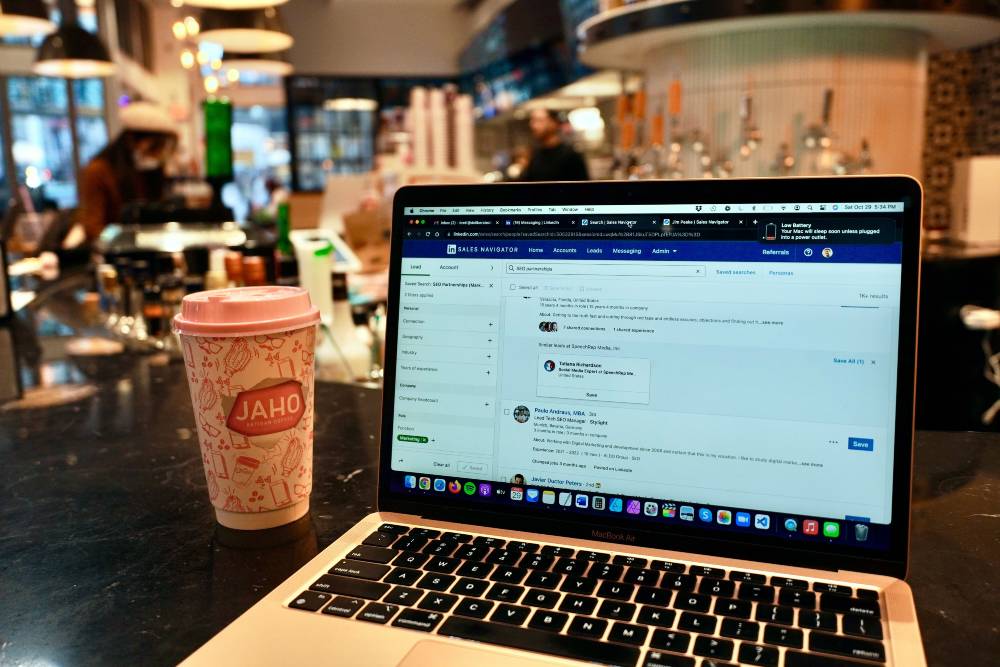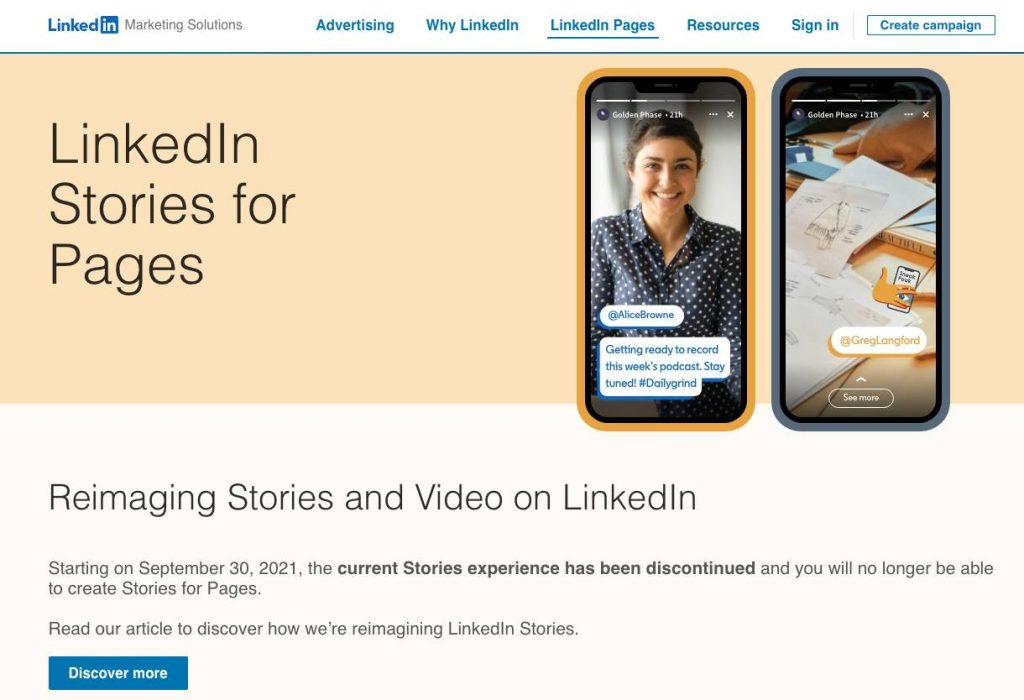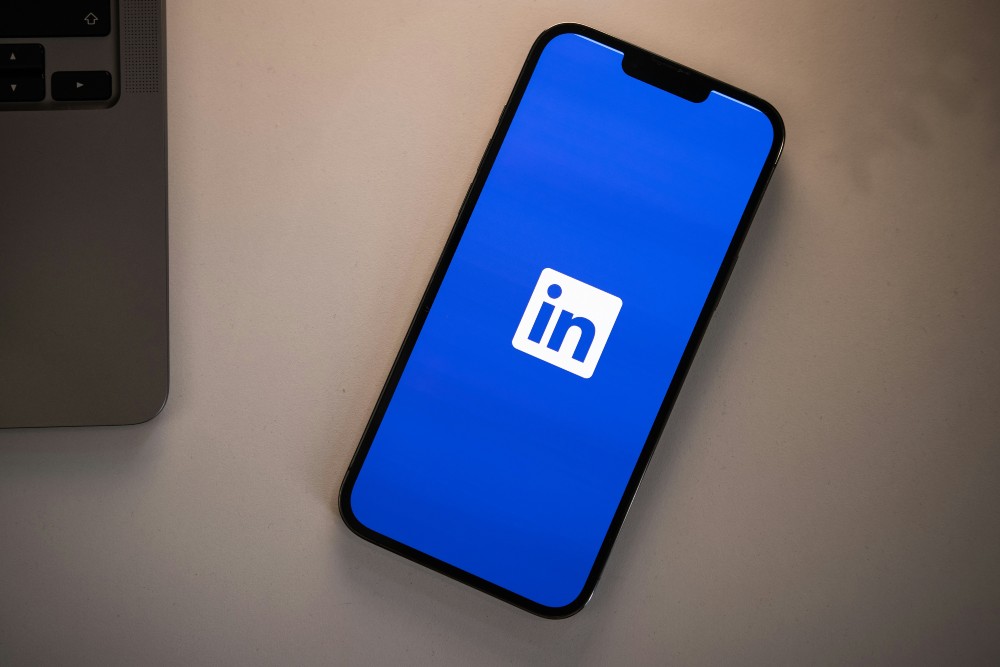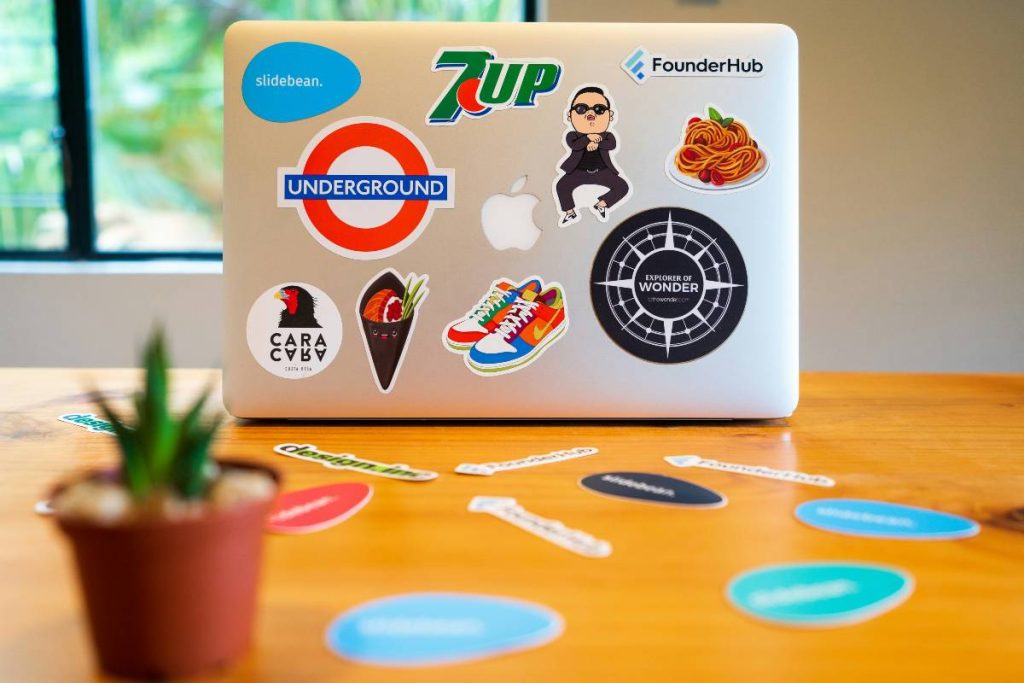LinkedIn is more than a place to find jobs or share your resume. It’s a powerful platform where you can build connections, grow your brand, and even earn money.
With over 900 million users, LinkedIn offers endless opportunities for professionals, freelancers, and business owners to turn their skills and network into income.
I’ve spent years experimenting with LinkedIn to grow my own brand, and I’ve learned that anyone can monetize it with the right approach.
Below, I’ll share practical ways to make money on LinkedIn.
Why LinkedIn Is Great for Making Money

LinkedIn connects you with professionals, decision-makers, and potential clients. Unlike other social media platforms, it’s built for business, so people are ready to talk about work, services, and products.
You can showcase your skills, build trust, and reach the right audience. Plus, LinkedIn’s tools, like posts, articles, and messaging, make it easy to promote yourself without feeling pushy. Now, let’s explore the best ways to monetize LinkedIn.
1. Offer Freelance Services
Freelancing on LinkedIn is one of the easiest ways to earn money. Businesses and individuals are always looking for skilled professionals to help with tasks like writing, design, or consulting. By positioning yourself as an expert, you can attract clients and build a steady income.
Optimize Your Profile for Freelancing
Your LinkedIn profile is like your online storefront. Make it clear what services you offer. For example, I updated my headline to say, “Freelance Content Writer Specializing in Blogs and Social Media.” Use simple words in your “About” section to explain how you help clients.
Add a call-to-action, like “Message me to discuss your project!” Include examples of your work in the “Featured” section. A complete profile with a professional photo and clear details builds trust.
Share Valuable Content
Posting regularly keeps you visible. Share tips related to your freelance niche. For instance, if you’re a graphic designer, post about design trends or quick tutorials. I once shared a short post about writing catchy headlines, and it led to two clients reaching out.
Engage with comments on your posts to build relationships. Over time, people will see you as an expert and hire you.
Reach Out to Potential Clients
Don’t wait for clients to find you. Use LinkedIn’s search tool to find businesses in your industry. For example, search for “small business owners” or “marketing managers.” Send personalized messages to introduce yourself.
Keep it short: “Hi [Name], I noticed you’re growing your brand. I’m a freelance social media manager and would love to help with your content. Can we chat?” Be polite and focus on how you can solve their problems. I landed my first client this way, and it felt like a huge win.
Join LinkedIn Groups
Groups are like online clubs where professionals discuss ideas. Join groups related to your niche, such as “Freelance Writers” or “Digital Marketing Professionals.” Share advice and answer questions to show your expertise.
I joined a group for entrepreneurs and offered free tips on branding. Soon, members started messaging me for paid work. Just be active and avoid spamming with sales pitches.
2. Promote Your Brand and Products
If you have a business or product, LinkedIn is a goldmine for promotion. Whether you sell courses, coaching, or physical items, you can reach customers who trust you. The key is to build a personal brand that people connect with.
Build a Strong Personal Brand
People buy from those they know and like. Share your story on your profile. For example, I wrote about why I started my business in my “About” section, and it resonated with my audience. Post about your journey, challenges, and successes.
Be honest and relatable. If you sell eco-friendly products, talk about why sustainability matters to you. Consistency builds trust, and trust leads to sales.
Create Content That Sells Without Selling
Nobody likes a hard sales pitch. Instead, share content that educates or entertains. For instance, if you sell fitness coaching, post workout tips or success stories from clients.
I shared a case study about how my content strategy helped a client, and it led to inquiries about my services. Use LinkedIn articles to dive deeper into topics. They’re great for showing expertise and linking to your website or product page.
Use LinkedIn Stories and Live

LinkedIn Stories and Live let you connect in a fun way. Stories are short videos or images that disappear after 24 hours. Share behind-the-scenes looks at your business or quick tips. I posted a Story about my morning routine as a freelancer, and it got tons of views.
LinkedIn Live is perfect for hosting Q&A sessions or product demos. Announce your Live event in advance to get more viewers. These tools make your brand feel human and approachable.
Connect with Decision-Makers
LinkedIn lets you reach people who make buying decisions, like CEOs or managers. Search for your target audience and send connection requests with a friendly note. For example, “Hi [Name], I love your work in [industry]. I’d like to connect and share ideas!”
Once they accept, engage with their posts by commenting thoughtfully. Over time, you can introduce your product. I connected with a small business owner this way, and after months of interaction, they bought my consulting package.
3. Affiliate Marketing on LinkedIn
Affiliate marketing means earning a commission by promoting other people’s products. LinkedIn is perfect for this because you can share links with a professional audience. It’s a low-effort way to make money if you’re strategic.
Choose the Right Affiliate Programs
Pick products that match your audience’s needs. For example, if you’re in the tech industry, promote tools like project management software. I joined an affiliate program for a writing tool and shared it with my network.
Sign up for programs through platforms like Amazon Associates or ClickBank. Read the rules to ensure you can share links on LinkedIn without breaking policies.
Share Affiliate Links Naturally
Don’t spam your connections with links. Instead, weave them into helpful content. Write a post about “5 Tools I Use to Stay Productive” and include your affiliate link for one tool. I shared a review of a tool I love, and the link earned me a small commission.
Be transparent by saying, “This is an affiliate link, but I only recommend tools I use.” Honesty builds trust.
Engage Your Network
The more people see your posts, the more clicks you’ll get. Comment on others’ posts, join discussions, and share valuable insights. I noticed that when I’m active, my posts get more views, which means more affiliate link clicks. Build a network of people who value your recommendations. Over time, your affiliate income can grow.
Track Your Results
Use tools provided by affiliate programs to see which links perform best. For example, I learned that my audience clicked more on software links than book links, so I focused on those. Adjust your strategy based on what works. Experiment with different types of posts, like videos or articles, to see what drives clicks.
4. Create and Selling Online Courses
If you’re an expert in something, you can create an online course and sell it on LinkedIn. Courses are in high demand, and LinkedIn users are eager to learn new skills.
Identify a Profitable Topic
Think about what you’re good at and what people need. For example, I created a course on “Writing Engaging LinkedIn Posts” because I saw demand for it. Look at LinkedIn Learning or comments on posts to see what topics are popular. Topics like leadership, marketing, or coding are always in demand.
Create a Simple Course
You don’t need fancy equipment. Use tools like Teachable or Gumroad to host your course. Record videos with your phone or laptop, keeping lessons short and clear. I spent a weekend recording my first course, and it was easier than I thought.
Include worksheets or quizzes to make it interactive. Price your course reasonably, around $50-$200, depending on the value.
Promote Your Course on LinkedIn
Share snippets of your course in posts or articles. For example, post a tip from your course and say, “Want more? Check out my full course!” I shared a short video from my course, and it got tons of interest.
Add a link to your course in your profile’s “Featured” section. Message connections who might be interested, but don’t be pushy. Focus on how your course solves their problems.
Build Credibility
People buy courses from trusted experts. Share testimonials from students or clients. I asked a student to write a quick review, and it boosted my sales. Post about your expertise regularly to stay top-of-mind. If you’re consistent, your course can become a steady income stream.
5. Offer Consulting or Coaching Services
Consulting or coaching is a high-paying way to monetize LinkedIn. Businesses and professionals pay well for personalized advice in areas like marketing, career growth, or leadership.
Position Yourself as an Expert
Update your profile to highlight your experience. For example, I listed my years as a marketing consultant and added client results. Share case studies or success stories in posts. If you helped a client double their sales, talk about it (with their permission). People hire consultants they trust, so be clear about your value.
Network Strategically
Connect with people who need your services. For example, if you’re a career coach, connect with recent graduates or mid-level professionals. I sent connection requests to HR managers when I started consulting, and it led to several clients. Engage with their content before pitching your services. Build a relationship first.
Offer Free Value First
Host a free webinar or share a downloadable guide. I created a free checklist for LinkedIn profiles, and it attracted coaching clients. Free content shows your expertise and makes people want to hire you. Promote your free offer in posts and groups to reach more people.
Pitch Your Services
Once you’ve built trust, offer your services. Send a message like, “Hi [Name], I’ve enjoyed following your work. I offer coaching to help professionals like you grow their brands. Would you like to chat about your goals?” Keep it friendly and focused on their needs. I landed a long-term client by being patient and genuine.
6. Sponsored Partnerships
Brands pay LinkedIn users with large followings to promote their products. If you have an engaged audience, you can earn money through sponsored partnerships.
Grow Your Following
Post consistently to attract followers. Share tips, stories, or industry news. I grew my following by posting daily for a month, and it made a big difference. Engage with your audience by replying to comments. A larger, active following makes you attractive to brands.
Find Sponsorship Opportunities
Reach out to companies in your niche. For example, if you’re in tech, contact software companies. Send a message like, “Hi [Name], I love your product and share similar values with my audience. I’d like to discuss a paid partnership.”
You can also join platforms like AspireIQ to find brands. I partnered with a small tool company, and it was a fun way to earn extra cash.
Create Authentic Sponsored Content
Brands want posts that feel natural. Share why you like their product in a post or video. For example, I wrote about a tool I genuinely use, and the brand loved it. Always disclose that it’s a sponsored post to stay transparent. Authenticity keeps your audience’s trust.
Negotiate Fair Rates
Research what others in your niche charge. For a small following (1,000-5,000), you might charge $50-$200 per post. As your audience grows, you can charge more. I started with $100 per post and increased it as my profile grew. Be clear about what you’ll deliver, like one post and a Story.
Tips for Long-Term Success
Monetizing LinkedIn takes time, but it’s worth it. Here are a few final tips to keep you on track:
- Be Consistent: Post regularly and engage with your network. I set aside 30 minutes daily for LinkedIn, and it’s made a huge difference.
- Stay Authentic: People connect with real stories, not sales pitches. Share your wins and struggles to build trust.
- Learn from Others: Follow successful LinkedIn creators in your niche. I learned new strategies by watching how others post.
- Experiment: Try different methods, like videos or articles, to see what works. I found that videos got me more engagement than text posts.
- Track Your Progress: Use LinkedIn analytics to see which posts perform best. Adjust your strategy to focus on what gets results.
Final Thoughts
LinkedIn is a treasure chest of opportunities to make money. Whether you’re freelancing, selling products, or sharing affiliate links, the platform rewards those who show up and add value. I’ve seen firsthand how a little effort on LinkedIn can lead to big rewards, from landing clients to building a brand.
Start small, stay consistent, and don’t be afraid to try new things. With time, you’ll find the methods that work best for you and turn LinkedIn into a powerful income source.





